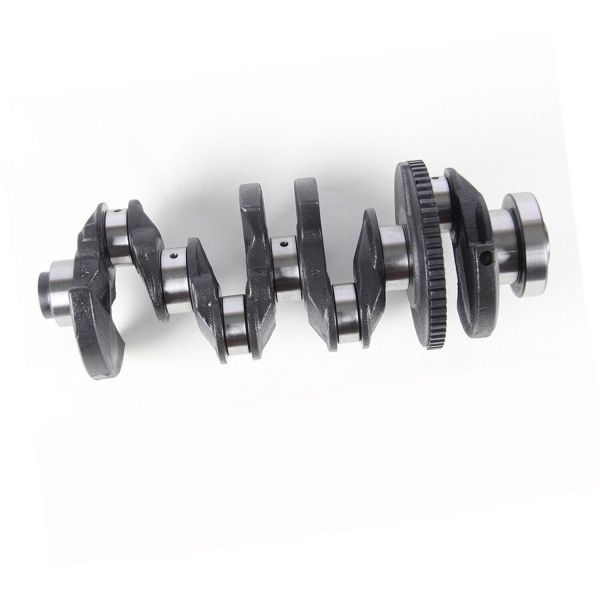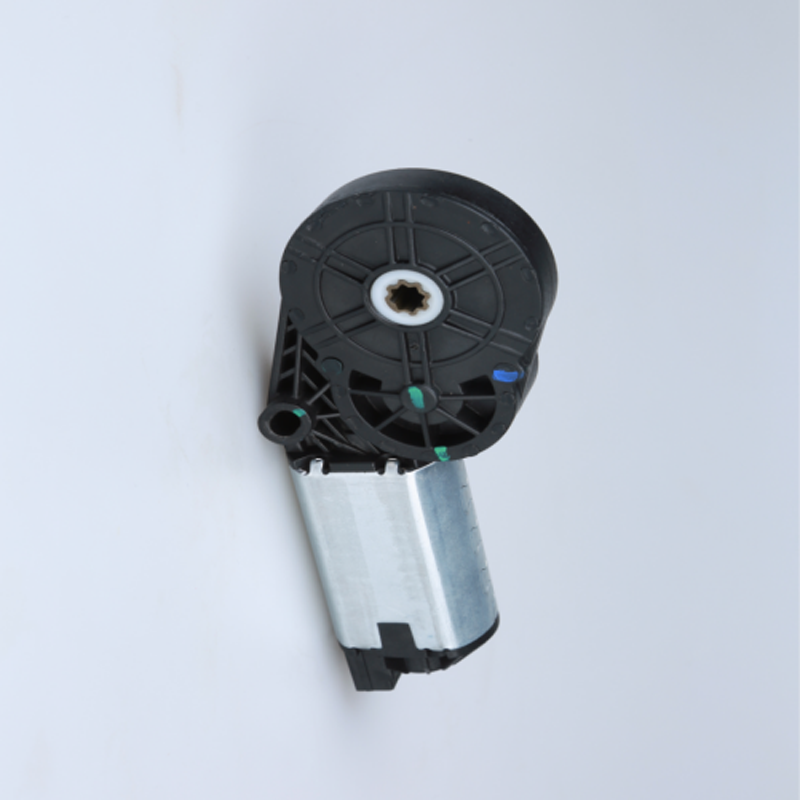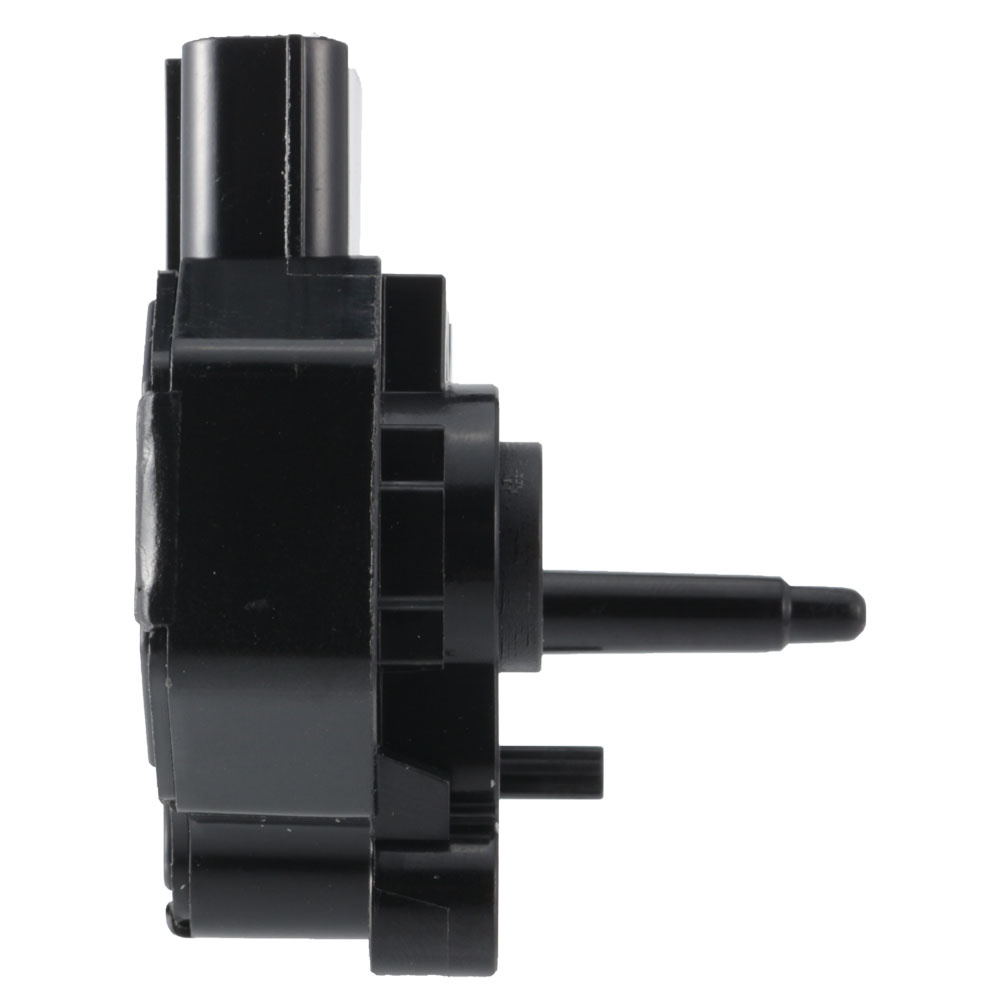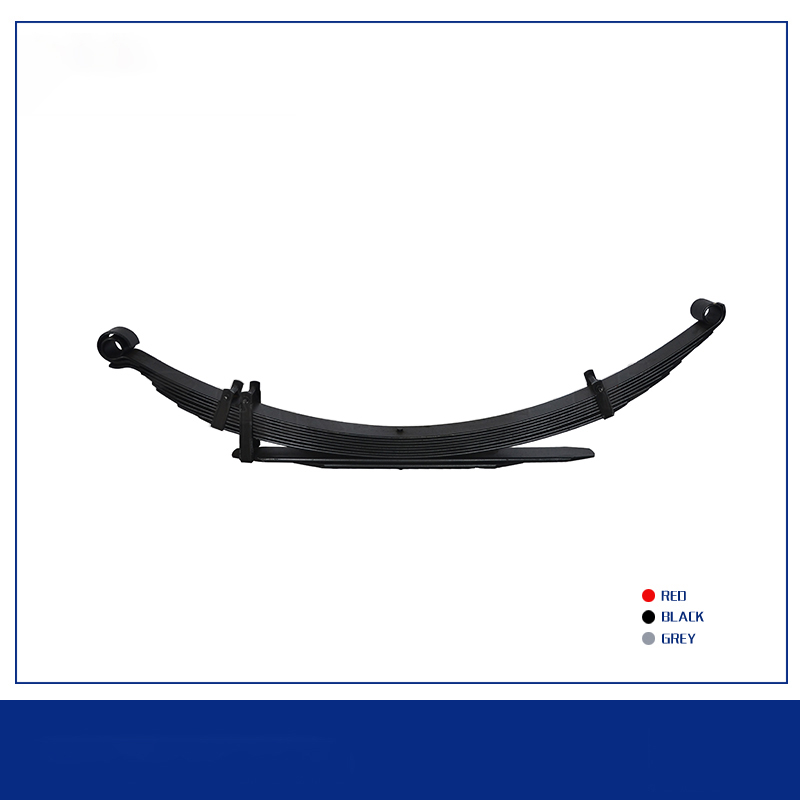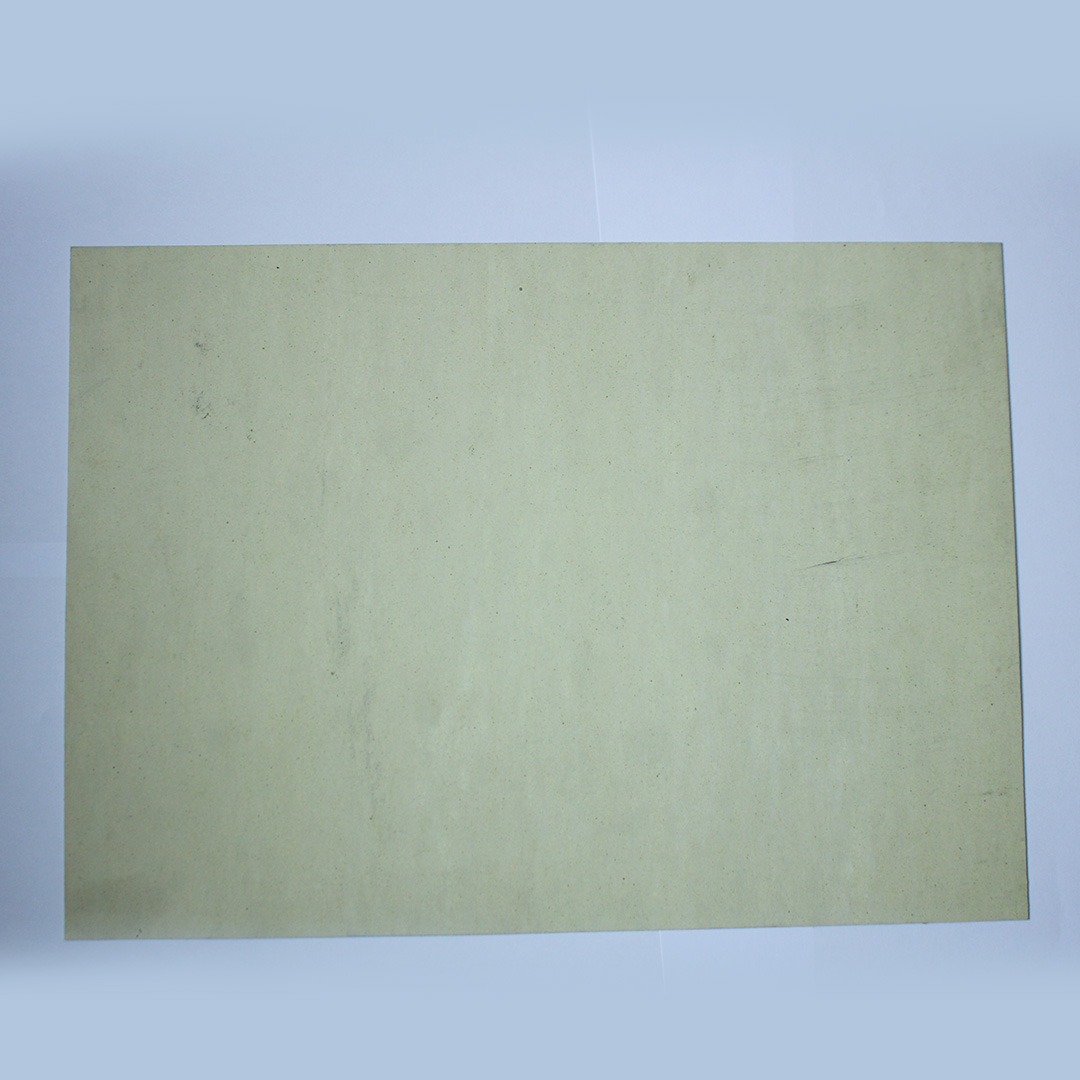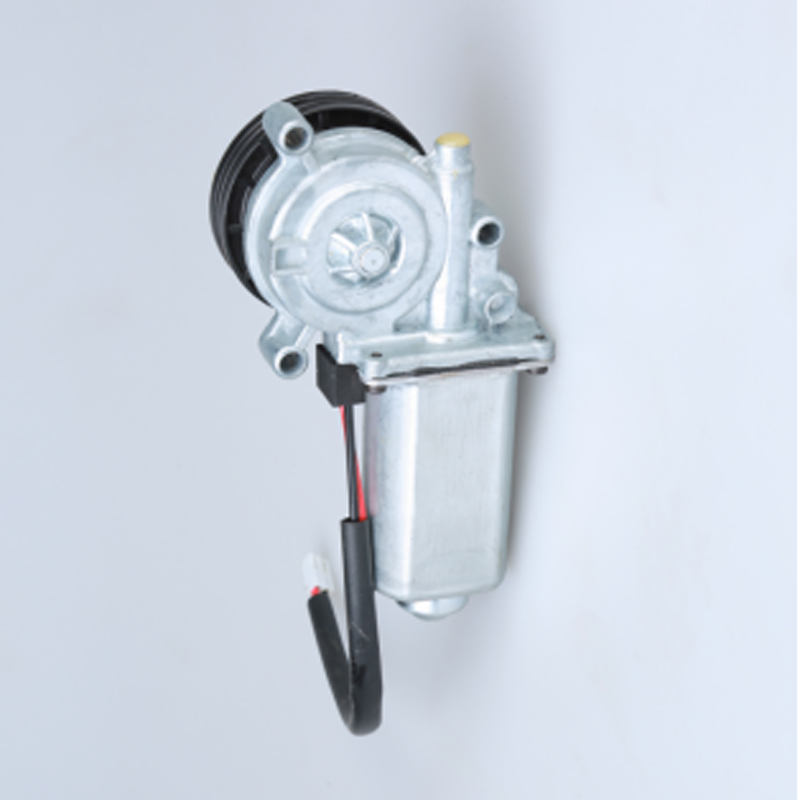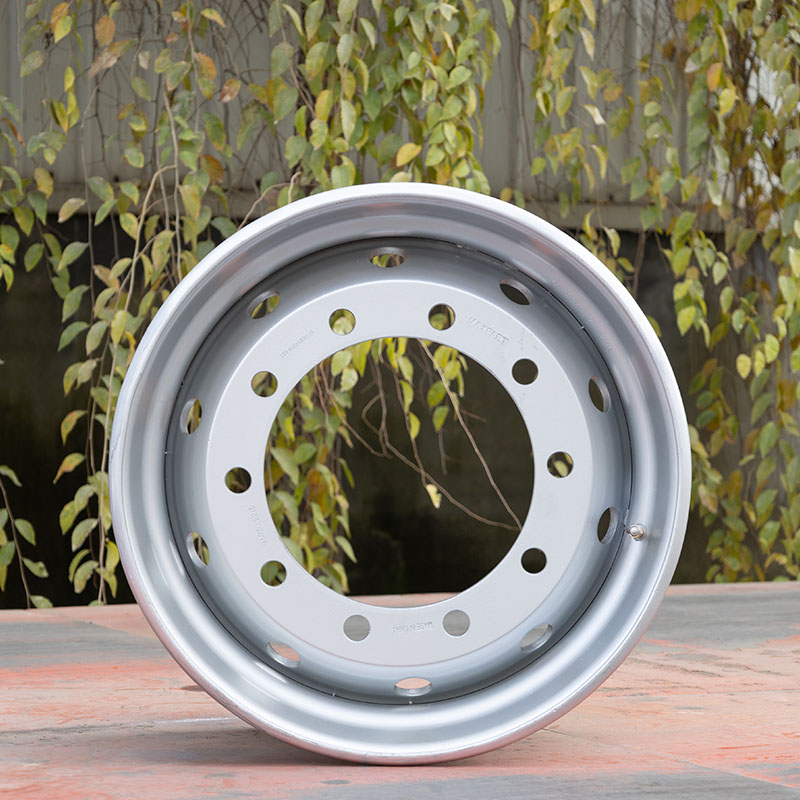BMW N42 N43 N46 Engine Crankshaft N42B20A N43B20A N46B20A N46B20B Replace Parts 11217516040 11210390923 11217516424 11210142288
Features
Composition of crankshaft
The crankshaft is mainly composed of the crankshaft front end (or free end), connecting rod journal, main journal, crank, balance block, and crankshaft rear end flange (or power output end). The main journal is installed on the cylinder block, the connecting rod neck is connected to the connecting rod’s big head hole, and the connecting rod and the small head hole of the connecting rod are connected to the cylinder piston. It is a typical crank slider mechanism.
The function of the crankshaft
The function of the crankshaft is to convert the reciprocating linear motion of the piston into its rotational motion and output power to the outside.
During the operation of the engine, the piston is exploded by the mixed compressed gas, pushing the piston to move linearly, and transmits the force to the crankshaft through the connecting rod, and the crankshaft converts the linear motion into rotational motion.
